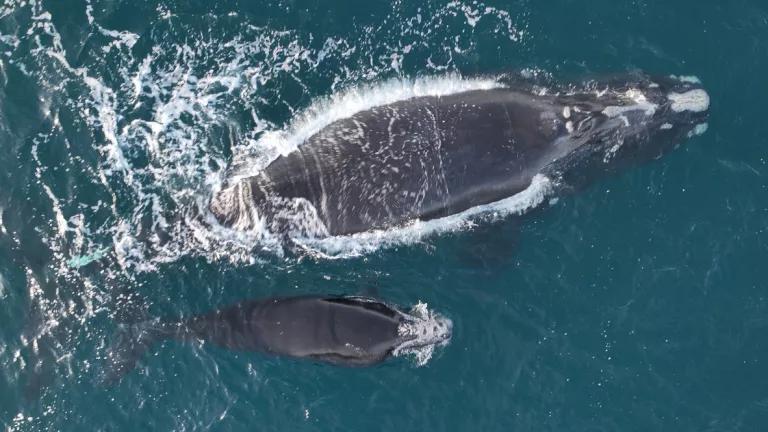A Sad Screening This Summer: Wildlife Under Siege Yet Again
Wildlife star in this summer's congressional attacks.
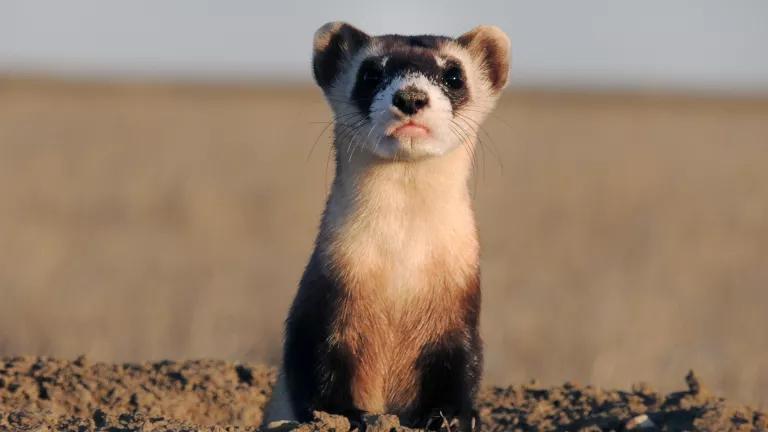
A black-footed ferret at the entrance to its burrow in Montana
John Steuber/USDA
As another summer season brings movie blockbusters, it also brings headlines of extreme heat, poor air quality, and wildfires. Wildlife are increasingly under threat as their habitats blaze and ecosystems suffer major losses. We are in the midst of a sixth mass extinction, driven by the worsening climate and nature crises. As species struggle to survive—with more than a million facing the final curtain of extinction within decades—the biodiversity we depend on for clean air, clean water, and an abundance of healthy fresh food can’t afford another scene with more of the same.
The Endangered Species Act (ESA) marks its 50th anniversary this year, and we should be celebrating its success as our most effective tool to save species from extinction. The ESA’s highlight reel features some of our most iconic wildlife rescued right before they went over the cliff, including our national symbol, the bald eagle, along with the American alligator, gray whale, and so many others. The ESA is the hero our wildlife deserves, and the American public on both sides of the aisle are overwhelmingly giving rave reviews for the protections it provides.
Yet, despite the popularity of the ESA, anti-environment lawmakers in Congress are still on a mission to gut it. The House majority is taking aim at imperiled wildlife. Earlier this spring, in part one of this Congress’s horror show, the Senate alarmingly advanced three bills that use the Congressional Review Act (CRA) to target specific at-risk species and undermine the ESA. Not to be outdone, the House is following suit with an even more terrible two-part effort of its own in the form of its recently introduced annual funding legislation for the U.S. Department of the Interior (DOI) and its votes on two of those Senate-passed CRA bills.
This is another remake that we’ve seen before, and it’s getting worse. That’s why we must make sure these proposals do not become law.
Rotten Tomato #1: A historically bad funding bill
The House majority has upped the ante in its latest debut with the proposed annual appropriations bill that funds the DOI, including the U.S. Fish & Wildlife Service (USFWS) that is responsible for implementing the ESA. Even as the DOI recently touted the success of the ESA and outlined its hope for the statute’s next 50 years, anti-environment representatives were preparing to cut the lights.
As we remarked in our statement, the DOI appropriations legislation put forth by the hairline-thin House majority “reads like a how-to manual for destroying the planet.” It dramatically guts environmental protections and safeguards across the board, slashing funding for essential programs to the lowest levels we have seen in 30 years, at a time when climate change is the worst it’s ever been. These proposed cuts raid the USFWS budget’s endangered species programs, leaving them nearly $26 million below current levels and essentially undoing any progress to stabilize and recover countless species. And the proposed bill tacks on several poison-pill riders—harmful policy provisions—that will doom some of our most imperiled species to extinction.
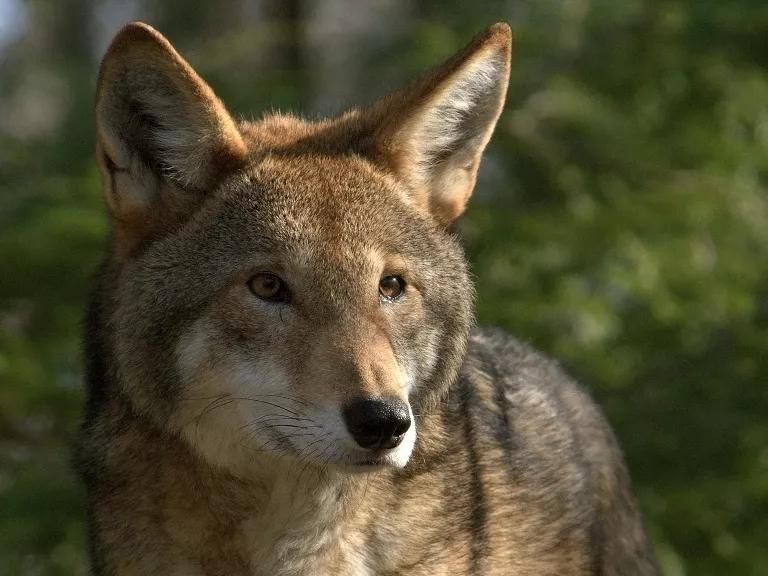
A red wolf at the North Carolina Zoo
Some of the most catastrophic riders preview a bleak future for wildlife. The DOI bill includes several that block protections for individual species, such as the greater sage grouse, the bi-state sage grouse, the northern long-eared bat, the lesser prairie chicken, and the gray wolf. Other riders carve out exemptions for the U.S. Forest Service and Bureau of Land Management that prevent the agencies from updating their land management plans to take species threats into account and that prevent the National Park Service and USFWS from funding or implementing the North Cascades Ecosystem Grizzly Bear Restoration Plan.
It's not clear yet when this bill will come to the House floor for passage, but if the House majority plans to continue amending it in the same style it’s chosen for the other funding bills thus far, we can expect things to go from bad to worse for wildlife.
Rotten Tomato #2: CRAs steal the spotlight in the worst way
If things couldn’t get worse, right on the heels of the DOI bill’s introduction, the House just passed two of the Senate-passed ESA CRA resolutions yesterday. These CRAs were the final votes that the House took before heading out on its monthlong August recess. This action spoke volumes about the priorities of the House majority: Because members of the majority couldn’t come to an agreement to pass the agriculture appropriations bill as scheduled (that’s another story), it appears they chose to subject wildlife to the chopping block to act as a cover for their disfunction.
Whatever the real motivation may be to bring these bills to the floor right before Congress’s summer vacation, the passage of these ESA CRAs is highly concerning. Passing a CRA resolution has dramatic implications, particularly for the endangered species they target.
Here’s why the CRAs are so harrowing: They allow Congress to overturn final regulations or rules issued by federal agencies. Whereas the DOI appropriations bill may propose unacceptably low funding for the USFWS to carry out ESA activities, these bills are like a series that keeps renewing. Congress has an opportunity each year to change those funding levels. That’s not the case with a CRA. It’s a “one night only” show. And to add insult to injury? When a CRA is enacted into law, the agency in question is prevented from issuing any other rule that is “substantially similar,” which means that individual species targeted in this way may never receive ESA protections, despite any future population decline, habitat loss, or other impacts.
The CRA is an incredibly blunt mechanism that completely ignores science-based decision-making and gives Congress the power to act on a whim, causing potentially irreparable harm to the environment, communities, public health, and other safeguards. The two CRAs passed in the House yesterday, S.J. Res 9 and S.J. Res 24, target the lesser prairie chicken and the northern long-eared bat, two species that the USFWS has proposed protections for under the ESA. As I outlined on Endangered Species Day, this will have significant consequences for both the species and the ESA itself.
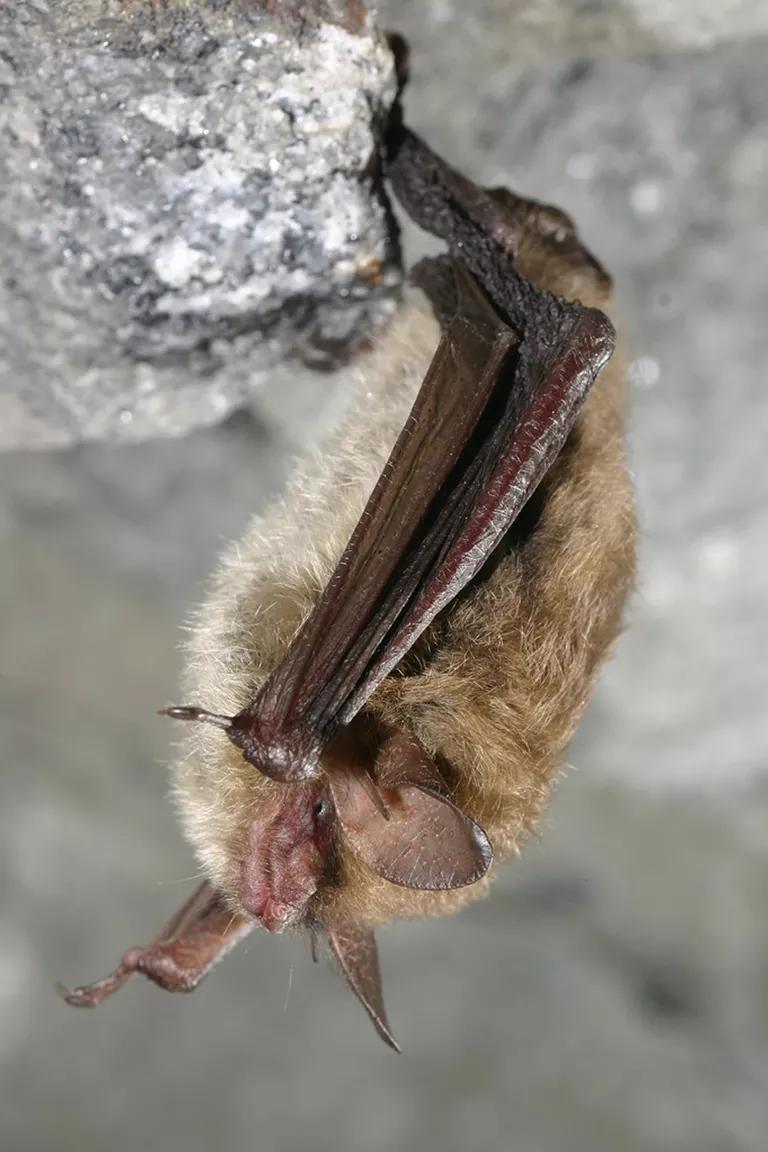
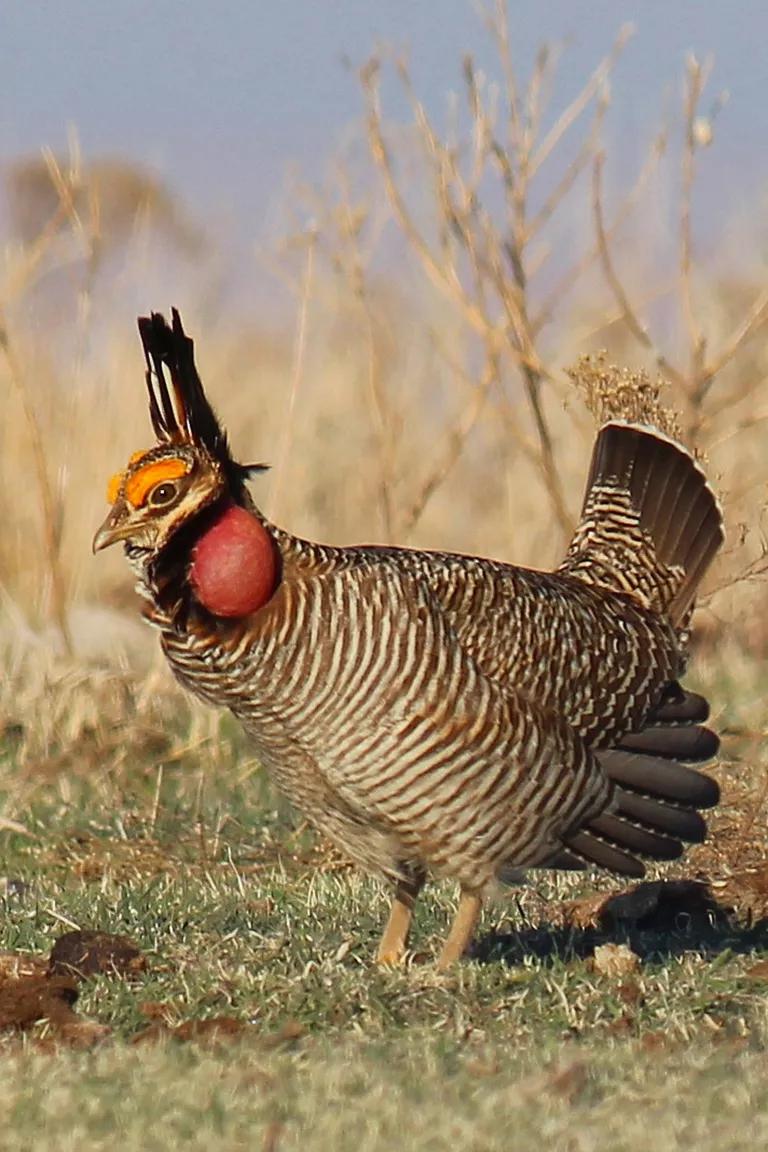
A northern long-eared bat during hibernation (left) and a lesser prairie chicken in the Red Hills, Kansas
Al Hicks/NYDEC
; 2)Greg Kramos/USFWS
Luckily, President Biden has vowed to veto both S.J. Res 9 and S.J. Res 24. Otherwise, no thanks to Congress, the lesser prairie chicken and the northern long-eared bat will be deprived of the critical protections that science says are needed for their continued survival. Moreover, if anti-environment lawmakers continue to use the CRA in this way, it’s a grave sneak preview of the future for numerous other species currently protected or proposed to receive protections under the ESA and the future of science-based decision-making that is fundamental to these determinations.
The horror film of the summer
What could have been a blockbuster showing for wildlife this summer from Congress took a darkly disturbing turn. The Endangered Species Act has been topping the charts for years because it is based on science, and it works. But despite the protections the ESA offers, plants and animals are still reeling from the worsening effects of climate change. As the biodiversity crisis intensifies, the House majority is blatantly ignoring the advice of the American public and recklessly trading away our wildlife and undermining bedrock environmental statutes for a horror film whose long-standing impacts they won’t be prepared to see.




